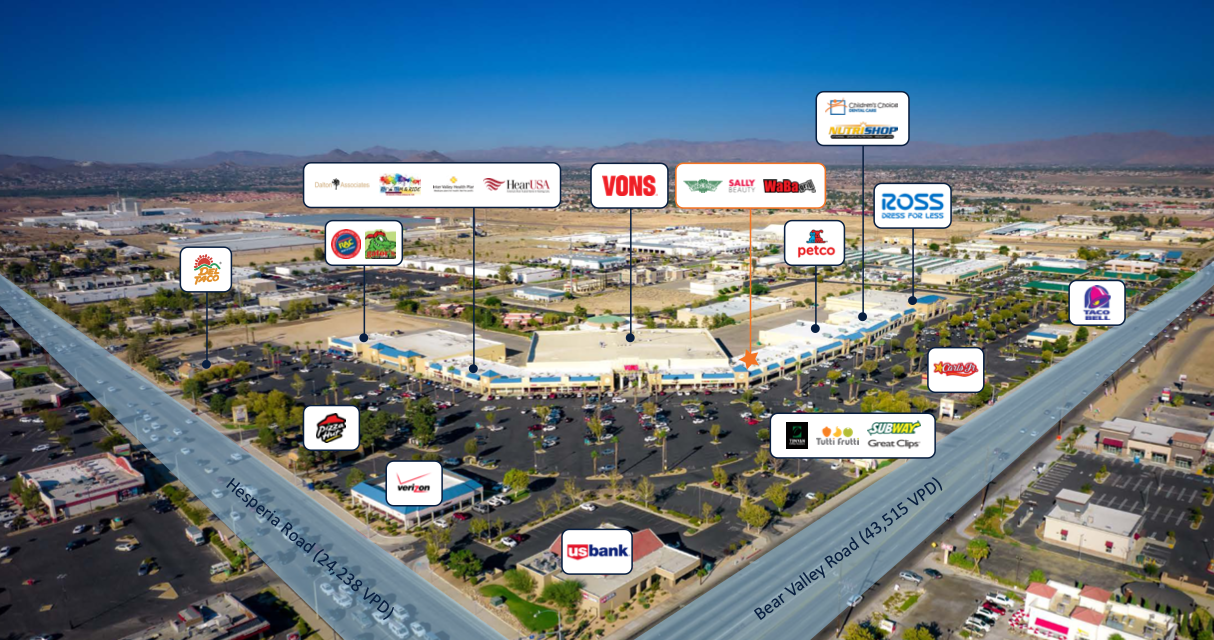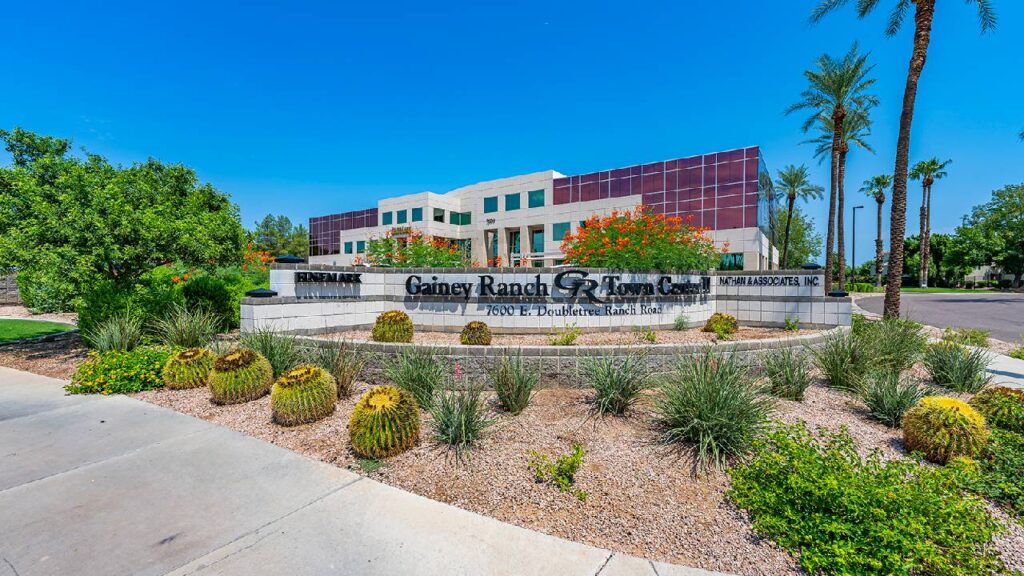FAQ's
Our selection process emphasizes key values that we seek in our long-term partners. We look for individuals and organizations that share our goals and core values.
The timing to join our investment funds depends on the specific fund you are interested in. Our Short-Term Flexible Fund is available for investment with a minimum lock-up period of 3 months. Once the lock-up period is completed, you can provide a 1-month notice to receive your funds. The Embel Develop Fund has a lock-up period of 6 months, and if you wish to redeem your investment, a 90-day notice is required. The Deal-Based Fund is only accessible when there is a specific investment opportunity, and the lock-up period aligns with the duration of the deal.
The average returns disclosed in our quarterly reports represent the overall average returns for all investors in the fund. While each unit receives the same distribution, the purchase price of units may vary among investors. The disclosed average tends to reflect the lower end of the price range since higher-priced units have been acquired over the years.
For any changes to your account, including distribution preferences, contact information updates, payment information updates, redemptions, or transfers, please feel free to contact us via email at [email protected].



















